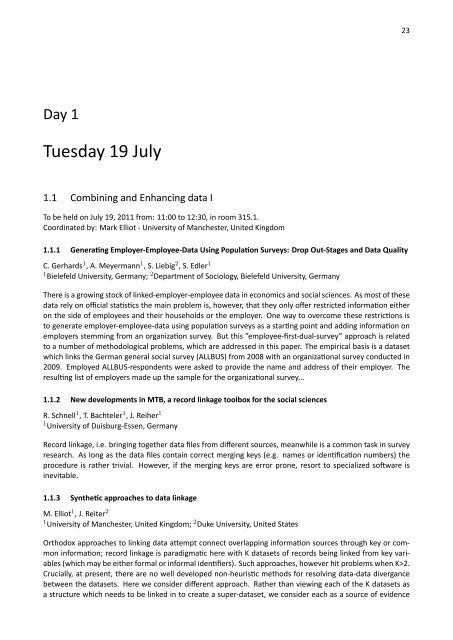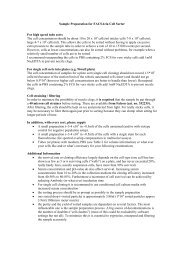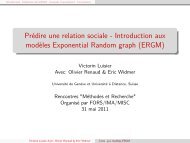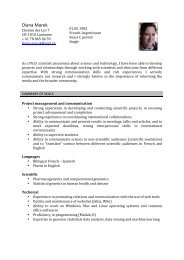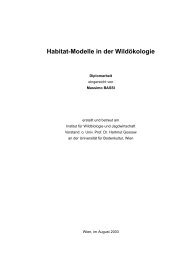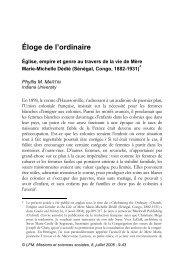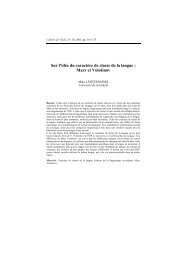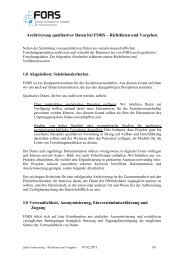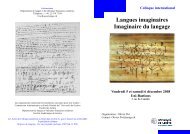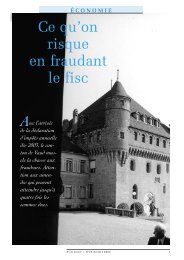conference programme book - European Survey Research ...
conference programme book - European Survey Research ...
conference programme book - European Survey Research ...
You also want an ePaper? Increase the reach of your titles
YUMPU automatically turns print PDFs into web optimized ePapers that Google loves.
23Day 1Tuesday 19 July1.1 Combining and Enhancing data ITo be held on July 19, 2011 from: 11:00 to 12:30, in room 315.1.Coordinated by: Mark Elliot - University of Manchester, United Kingdom1.1.1 Generang Employer-Employee-Data Using Populaon <strong>Survey</strong>s: Drop Out-Stages and Data QualityC. Gerhards 1 , A. Meyermann 1 , S. Liebig 2 , S. Edler 11 Bielefeld University, Germany; 2 Department of Sociology, Bielefeld University, GermanyThere is a growing stock of linked-employer-employee data in economics and social sciences. As most of thesedata rely on official stascs the main problem is, however, that they only offer restricted informaon eitheron the side of employees and their households or the employer. One way to overcome these restricons isto generate employer-employee-data using populaon surveys as a starng point and adding informaon onemployers stemming from an organizaon survey. But this ”employee-first-dual-survey” approach is relatedto a number of methodological problems, which are addressed in this paper. The empirical basis is a datasetwhich links the German general social survey (ALLBUS) from 2008 with an organizaonal survey conducted in2009. Employed ALLBUS-respondents were asked to provide the name and address of their employer. Theresulng list of employers made up the sample for the organizaonal survey...1.1.2 New developments in MTB, a record linkage toolbox for the social sciencesR. Schnell 1 , T. Bachteler 1 , J. Reiher 11 University of Duisburg-Essen, GermanyRecord linkage, i.e. bringing together data files from different sources, meanwhile is a common task in surveyresearch. As long as the data files contain correct merging keys (e.g. names or idenficaon numbers) theprocedure is rather trivial. However, if the merging keys are error prone, resort to specialized soware isinevitable.1.1.3 Synthec approaches to data linkageM. Elliot 1 , J. Reiter 21 University of Manchester, United Kingdom; 2 Duke University, United StatesOrthodox approaches to linking data aempt connect overlapping informaon sources through key or commoninformaon; record linkage is paradigmac here with K datasets of records being linked from key variables(which may be either formal or informal idenfiers). Such approaches, however hit problems when K>2.Crucially, at present, there are no well developed non-heurisc methods for resolving data-data divergancebetween the datasets. Here we consider different approach. Rather than viewing each of the K datasets asa structure which needs to be linked in to create a super-dataset, we consider each as a source of evidence


